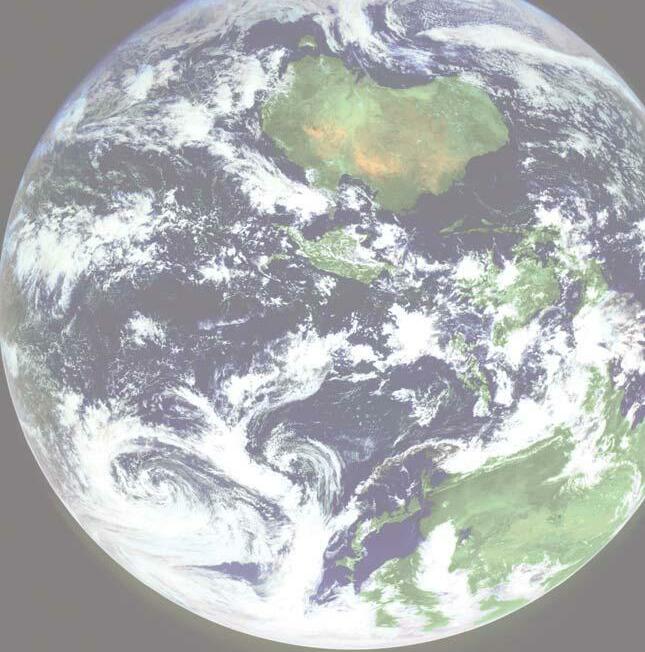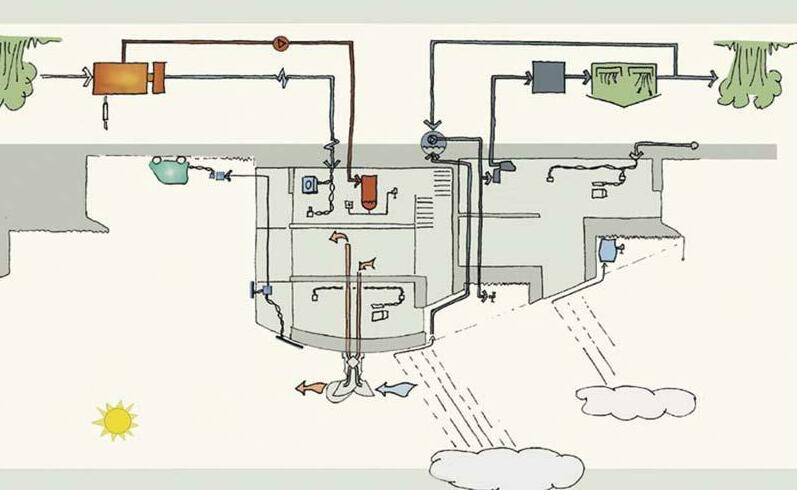LIVING ON ONE PLANET At the turn of the 21st century, the Ecological Footprints of both the Asia-Pacific region and the world exceeded their available biocapacity. As in other regions, Asia and the Pacific is partially financing this overshoot by relying on biological capacity from outside the region. At the global level, however, there are no additional planets from which to import biocapacity. Being in global overshoot inevitably means depleting the Earth’s ecological capital, resulting in an overall deterioration of global ecosystems. The current state of overshoot will have to be eliminated for the world to reach sustainability. “One Planet Living” is an opportunity for countries to establish a sustainable, prosperous future for the long term. Some of the changes needed to meet
this goal will involve increasing available global biocapacity. The balance must come from reducing the total global footprint. These reductions will have to go hand in hand with large portions of humanity increasing their footprint to meet their basic needs. Living up to this double challenge requires courageous leadership right across the globe. Towards One Planet Living
Four factors determine the gap between the footprint and biocapacity: 1. Biocapacity. One challenge is to increase, or at least maintain, biocapacity. This means protecting soil from erosion and degradation, and preserving cropland for agriculture. It
WHAT IS ONE PLANET LIVING? One Planet Living aims to demonstrate how it is possible to make the challenge of living on one planet achievable, affordable and attractive. It is also the name of a partnership between the BioRegional Development Group and WWF. One Planet Living is an initiative based on the experience of the Beddington Zero fossil Energy Development (BedZED). BedZED is a sustainable housing and work space project in London. Its homes and offices are highly energy efficient: it consumes 90 per cent less heating energy than average UK housing and less than half the water. Furthermore, it is designed so that all energy is generated in a renewable manner from wind, sun and biomass. Construction materials are from local, recycled or certified wellmanaged sources. And although it is a compact design, residents have private gardens and conservatories. Residents find BedZED a desirable place to live, contradicting the common but erroneous assumption that a smaller Ecological Footprint means a lower quality of life. A goal is to establish One Planet Living communities on every continent by 2009, with projects under way or planned in Portugal, the United Kingdom, South Africa, North America and China (see www.bioregional.com).
12 ASIA-PACIFIC 2005: THE ECOLOGICAL FOOTPRINT
involves protecting river basins, wetlands, and watersheds to secure freshwater supplies, and maintaining healthy forests and fisheries. It includes taking action to protect ecosystems from climate change and eliminating the use of toxic chemicals that degrade ecosystems.
Footprint has still grown (Pacala and Socolow 2004). 3. Consumption of goods and services per person. The potential for reducing per person consumption depends in part on the person’s income level. People living at or below subsistence may need to increase their absolute consumption levels to move out of poverty. Wealthy individuals, however, could cut their consumption of goods and services with large footprints without seriously compromising the quality of their lives.
2. Resource efficiency in producing goods and services. Over the past 40 years, technological progress has increased the amount of goods and services that can be produced from a given amount of ecological resources. As a result, the average Ecological Footprint per person has stayed relatively constant. Despite these important efficiency gains, the total global Ecological
4. Size of the population. Addressing population growth will be especially critical for the Asia-Pacific region, which is already
How BedZED works wind-driven ventilation with heat recovery
rainwater collection
IT wired
foul-water treatment
photovoltaic panel to charge electric cars
water-saving lavatory
septic tank
rainwater store
low-energy lighting and appliances
biomassfired combined heat and power
electricity hot water Source: ARUP



